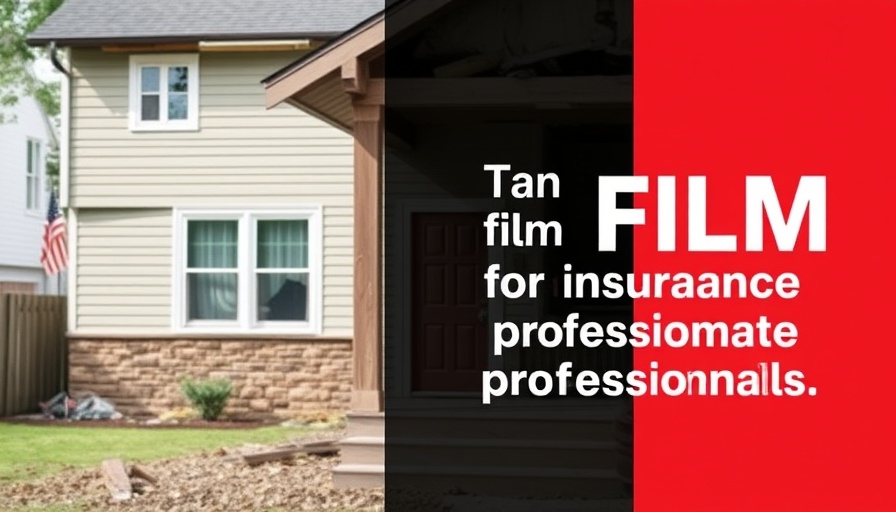
Understanding the True Cost of Property Insurance
In South Carolina's coastal regions, where properties are frequently buffeted by hurricanes and flooding, understanding insurance dynamics is crucial. The documentary Built to Last: Buyer Beware, unveiled during the FAPIA Fall Conference, sheds light on a stark reality: many property owners are unaware of the risks associated with their structures. Just because a house is ‘built to code’ doesn’t mean it’s resilient against nature’s wrath. This misconception is dangerous and leads to devastating surprises for homeowners post-disaster.
The Fragile Nature of Insurance Coverage
What many do not grasp is the gap between expectations and reality regarding insurance. After property damage, countless individuals find that their policies exclude certain perils or impose limits on recovery, leaving them vulnerable when they need help the most. As explored in the film, the narrative is common — families who believe they have taken all necessary precautions only to be disenfranchised by their own insurance after disaster strikes. It brings to light how insurance companies can employ tactics that sidestep coverage obligations, revealing the underlying issues of bad faith insurance and unfair practices that plague consumers.
The Importance of Structural Resilience
The heart of the film's message is the call for a national plan focused on structural resilience. With climate change intensifying weather patterns, property owners must advocate for stronger building standards and practices that acknowledge the changing risk landscape. As detailed in a report by PwC, insurers are feeling the pinch from catastrophic losses, making it imperative for policyholders to engage in conversations about resilience. This ties back to the necessity of understanding how to protect one's insurance rights and navigate potential claim denial.
Awareness as a Tool for Empowerment
Awareness is not just a passive state; it’s an action step that can lead to meaningful change. Education on property risks, coupled with insights from public adjusters and responsible insurers, equips homeowners with the knowledge to make informed decisions regarding their properties. By illuminating the financial stakes, communities can foster an environment where proactive measures are implemented, thus enhancing overall resilience.
Building the Future Together: A Community Approach
The responsibility to bolster community resilience does not fall solely on the shoulders of individual property owners; it requires a collaborative effort. As indicated in a Zurich Insurance article, the role of insurers is vital in aiding communities to adapt to climate risks. By actively participating in community planning efforts and pushing for legislation that promotes sustainable building practices, insurance companies can significantly influence local resilience outcomes.
Conclusion: Taking Action for Yourself and Your Community
As South Carolina residents continue to navigate the complexities of property insurance claims amid rising natural disasters, the insights derived from Built to Last: Buyer Beware are invaluable. By acknowledging the shortcomings of both building practices and insurance coverage, residents can better prepare themselves for future challenges. It’s crucial to remain vigilant, informed, and proactive in discussions surrounding property resilience and insurance rights. Consider screening this film with your community and opening dialogues about local building codes and necessary reforms.
 Add Row
Add Row  Add
Add 




Write A Comment